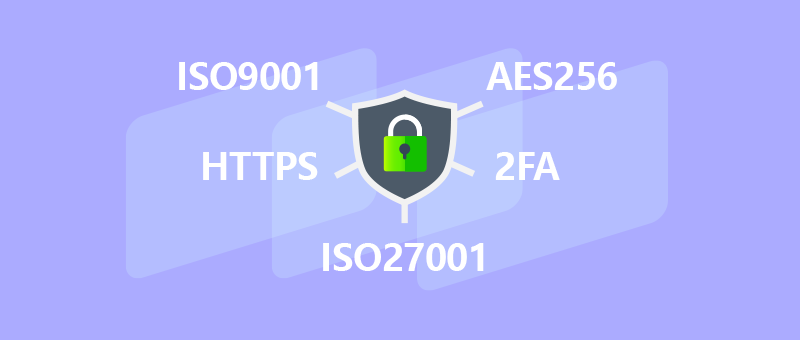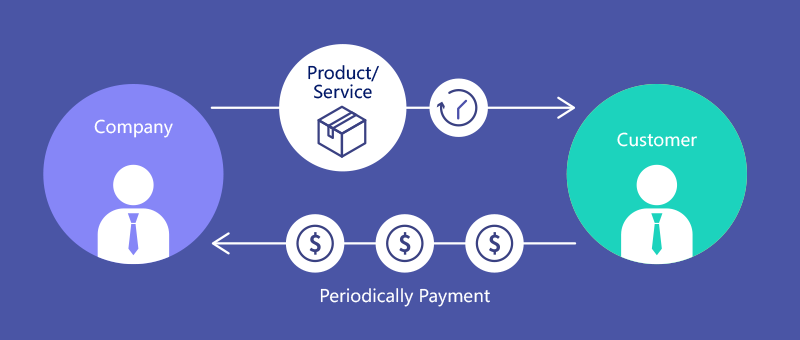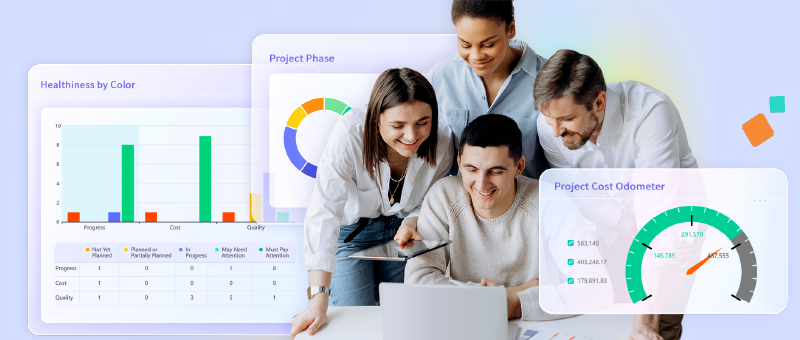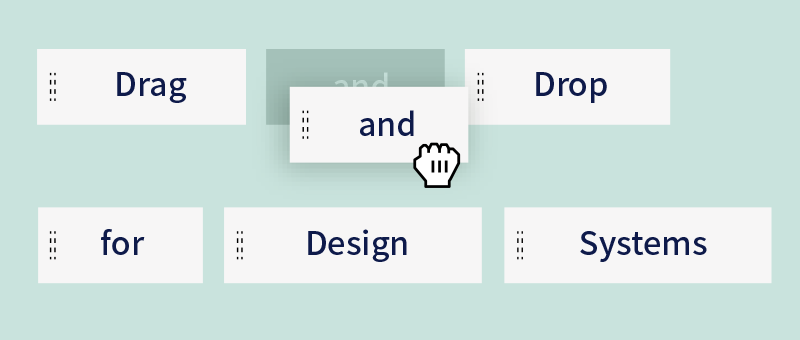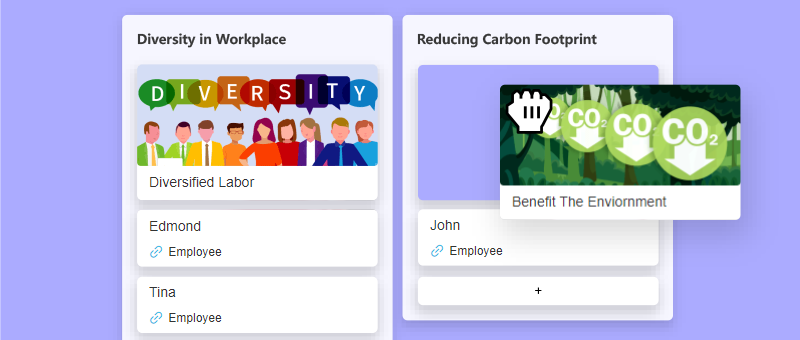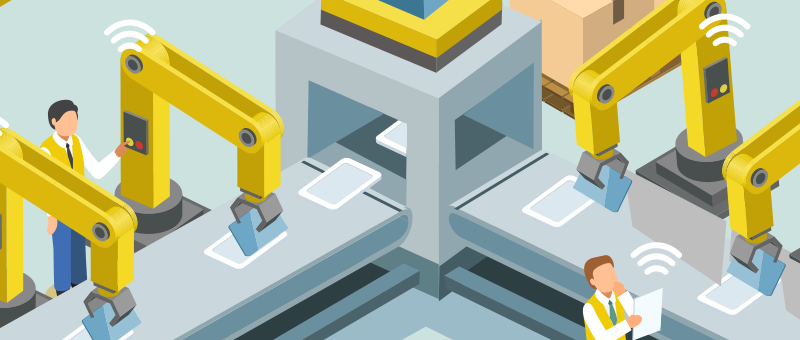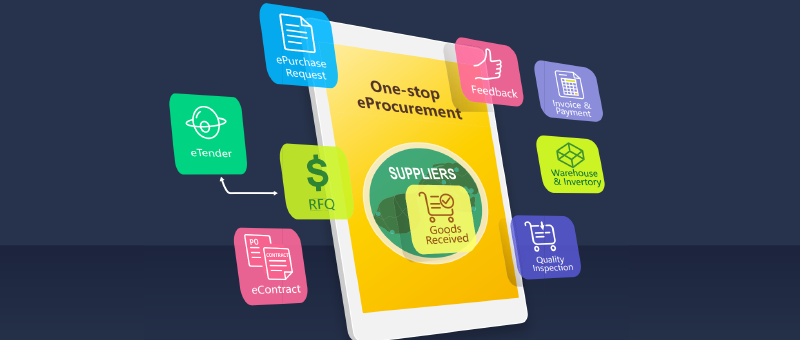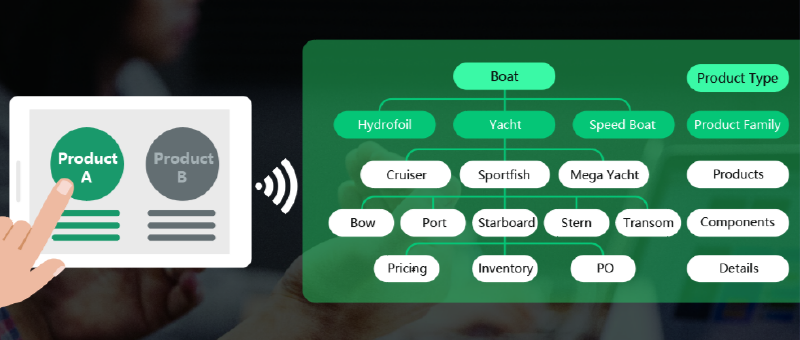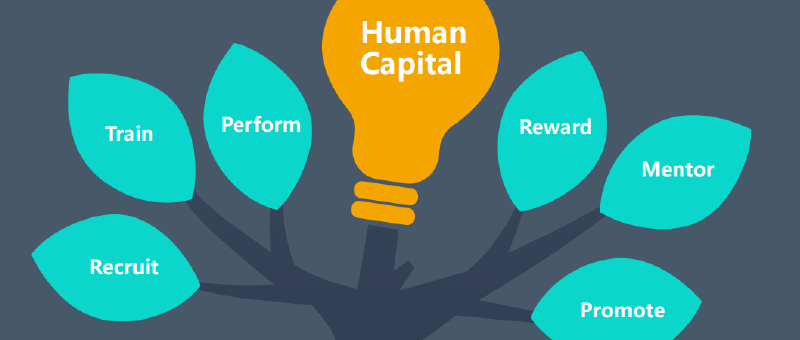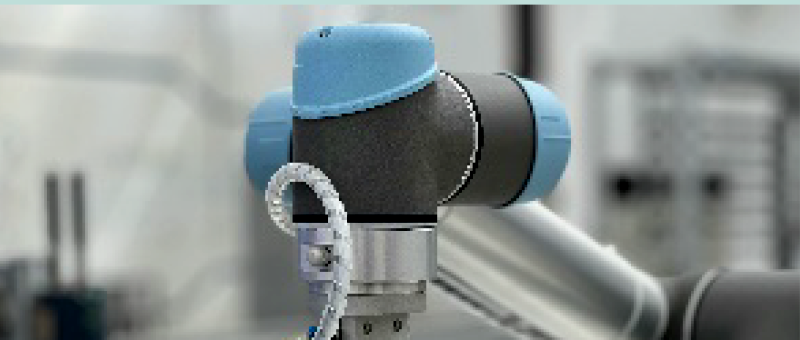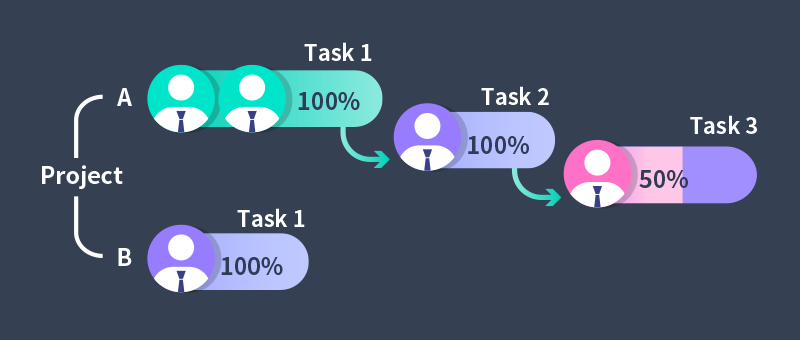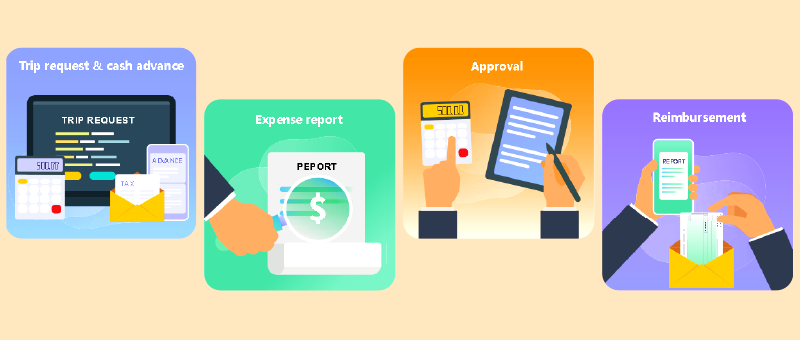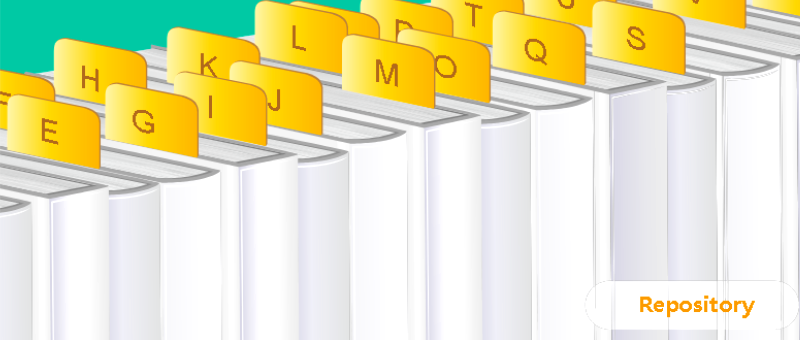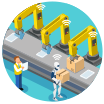Can you manage your project with a whiteboard automation tool?
2020-06-16
In theory, if you are managing a project that doesn’t have much time-and-cost constraints but only feature-and-quality measures and giving you long enough time and high enough budget, you probably can meet the feature-and-quality measures. This is the same theory that given unlimited time and unlimited supply of moneys and typewriters, the moneys eventually can type out the masterpieces of William Shakespeare.
Do most real-life projects have time-and-cost constraints such as a few years and tens of million dollars?
Yes, most real-life projects including new product development projects have time-and-cost constraints. Some project sponsors may emphasize the importance of creating an advanced product to beat the competition. But in reality introducing a new product from concept to selling is always under the time constraint called marketing window and the development and marketing costs of the new product are always under budget and fund availability constraints.
Many project teams saying their projects aren’t under time-and-cost constraints because either those constraints are unknown to them or they believe what they want to believe. This happens because of the lack-of-clarity in project objectives and constraints and misalignment of project team’s commitment and accountability.
What is a whiteboard automation tool?
Whiteboard automation tool is a project management tool. The commonest types of whiteboard automation tools are:
1. The automation of drawing and redrawing of a Gantt chart or a scheduling chart based on manual input to provide the graphical view of project activity time spans and dependencies
2. The automation of placing and replacing of different yellow sticky papers (representing activities) based on manual input on a Kanban board marked with different columns (representing statuses) to provide the graphical view of project activity statuses
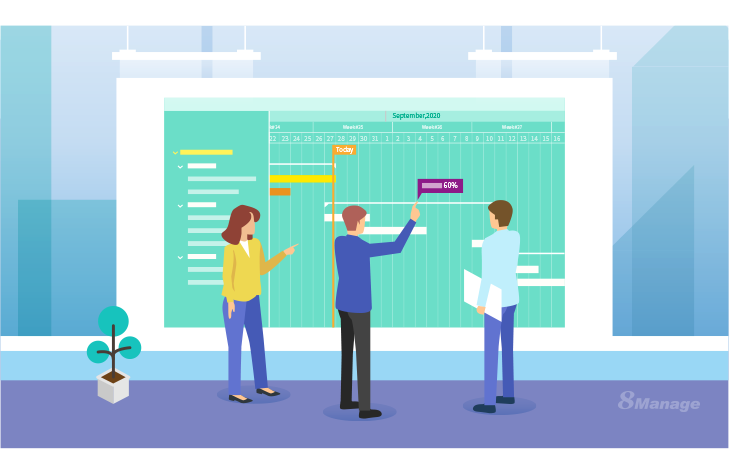
What is the most important thing of managing a project that has time-and-cost constraints?
The most important thing of managing a project that has time-and-cost constraints is to get the project information right. On the contrary, if the project information can mislead everyone in the project, even the project has an experienced project manager and qualified and disciplined team members, they are at best good fire-fighters since they can’t prevent problems or solve problems when they are still small because of their lacking of information. In other words, even a good project team needs good project information in order to act effectively.
Why many managers often believe that their project are manageable at the planning stage but later on they find out that it is actually beyond their ability to manage?
It is easier said than done
The project information at project planning stage is future plan, not actual accomplishments.
Not begin with end in mind
Some people don’t have the experience or wisdom to see the execution complexity of their project.
Static vs. dynamic information
The project information at the planning stage is static but the project information at execution stage is dynamic. Static information can be maintained by one or two people in the office using a whiteboard or a whiteboard automation tool, but dynamic information must be managed using a real-time transactional tool.
How is project static information (e.g., project plan) usually captured and updated?
Project plan information is usually captured and updated using a whiteboard or a whiteboard automation tool such as MS Project or a Kanban tool. MS Project is to automate the drawing of Gantt chart or a scheduling chart while a Kanban tool is to automate putting yellow sticky papers (each yellow sticky paper representing an activity) on a Kanban board (columned whiteboard).
Can project dynamic information (e.g., activity status, dependency and forecast information) be maintained using a whiteboard or a whiteboard automation tool?
No, unless for a very simple project in which what you see on the whiteboard is what you truly get.
What are the serious problems if project dynamic information is maintained using a whiteboard or a whiteboard automation tool?
The responsibility and time-commitment of shared resources are untracked and unknown
Most scarce resources (e.g., domain experts) are often shared by the different activities in the same or different projects. When an activity changes its schedule, it will affect the schedules of its shared resources which in turn will affect the schedules of the activities that share these resources, even though the activity that starts the sequence of schedule changes has no predecessor relationships with the affected activities. Using a whiteboard or a whiteboard automation tool will require manual detection of the transitive relations and manual update of the complex information affected by the sequence of schedule changes on the whiteboard or whiteboard automation tool in a timely manner. Inability to traverse the relationships and update the information in a timely manner can cause the project team to be uninformed and consequently misjudge the situation and fail to take the right actions at the right time.
Lateness is not reported until the last minute
A project is late one day at a time. But, as pointed out by the author of “The Myth of 90% Complete” article (https://www.projectmanagement.com/articles/220690/Project-Control--The-Myth-of-90--Complete) that many projects were suddenly changed from 90% complete to 50% without any requirements change. Since the information from a whiteboard or a whiteboard automation tool depends 100% manual input, people simply can delay reporting their activity is late until the last minute.
Budget overrun is not detected until months later
A well-known stock exchange had an important project led by a project steering committee and managed by a project management committee. The 2 committees had very experienced executives, managers and accountants. However, the overrun of the project budget was not detected until 3 months after it happened. The 2 committees did the post mortem and found the following root causes of the problem:
i) The project information generated from the whiteboard tool was quite disjoint from the financial information in the financial systems
ii) The financial information was quite delayed (since the nature of double entry accounting is quite manual) even when a system was used to entry the credit and debit information
What is a non-project example of how dynamic information is being maintained effectively in our daily life?
A family has 5 members and each has an ATM card of the same account. It doesn’t matter how these 5 people are in the same or different countries, at the same or different times and withdrawing or depositing money, the system can always maintain all interaction and transaction information in the clear, accurate and real-time manner with non-corruptible audit trail.
How dynamic project information can be maintained effectively?
Please see https://www.8manage.com/advantages/blockchain_pm.html.



The needed technology for managing nontrivial projects
Why SMBs should move to Application Suite as a Service


